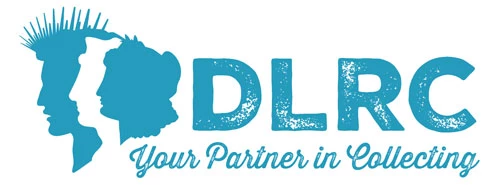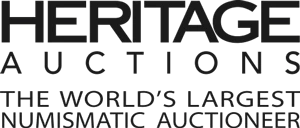- U.S. Coins /
- Pre-1933 Gold Coinage /
- $2.50 Indian Gold (1908–1929) /
- Indian Head Quarter Eagle Set $2 1/2 15 Coins MS
Indian Head Quarter Eagle Set $2 1/2 15 Coins MS

1911 $2 1/2 MS66 NGC....
Source: Heritage Auctions

1926 $2 1/2 PCGS MS66
Source: David Lawrence Rare Coins
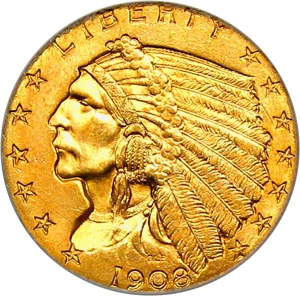
1908 $2 1/2 PCGS/CAC MS66
Source: David Lawrence Rare Coins

1929 $2 1/2 MS66 PCGS....
Source: Heritage Auctions

1928 $2 1/2 MS66+ PCGS....
Source: Heritage Auctions
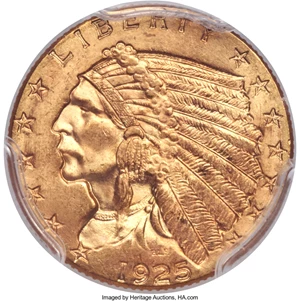
1925-D $2 1/2 MS66 PCGS Secure....
Source: Heritage Auctions

1909 $2 1/2 MS66 NGC....
Source: Heritage Auctions

1910 $2 1/2 MS66 NGC....
Source: Heritage Auctions

1913 $2 1/2 MS66 PCGS....
Source: Heritage Auctions

1912 $2 1/2 MS65+ PCGS....
Source: Heritage Auctions
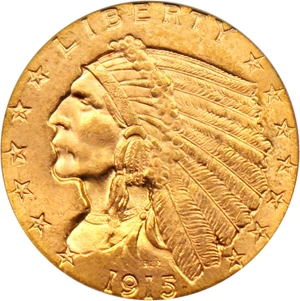
1915 $2 1/2 PCGS MS65
Source: David Lawrence Rare Coins
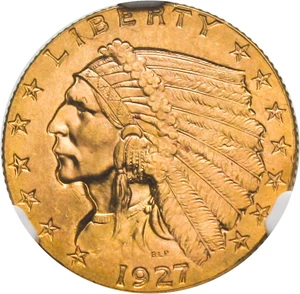
1927 $2 1/2 NGC/CAC MS65+
Source: David Lawrence Rare Coins
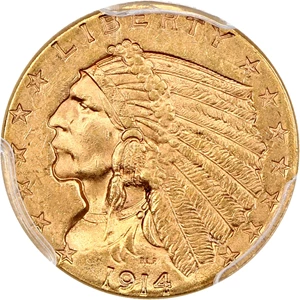
1914 $2.5 PCGS MS65 ex: D.L. Hansen
Source: David Lawrence Rare Coins

1911-D $2 1/2 MS65 NGC....
Source: Heritage Auctions

1914-D $2 1/2 MS65 NGC....
Source: Heritage Auctions
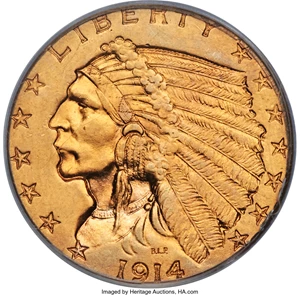

1914 $2 1/2 MS67 PCGS....
Source: HA
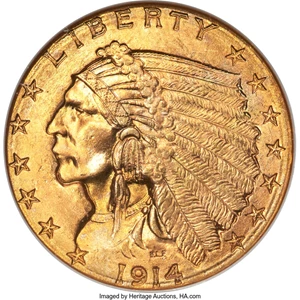
1914-D $2 1/2 MS67 NGC....
Source: HA

1914-D $2 1/2 MS67 NGC....
Source: HA

1914-D $2 1/2 MS67 NGC....
Source: HA




















Greysheet Catalog Details (GSID: 85194)
The Quarter Eagle denomination of the early 20th century Gold
Indian design is by far the most popular among collectors. Just like the
Indian Half Eagles though, they have that unique characteristic of raised
fields and sunken in devices. This makes these coins stick out from mostly
any other American numismatic series but also makes grading extremely
difficult since the fields wear first. Theodore Roosevelt famously hired
Augustus Saint-Gaudens to improve the beauty of the double eagle but the
smaller denomination gold coinage designed by Bela Lyon Pratt was not
widely accepted. The odd recessed design and replacement of lady liberty
with an "Indian" was looked upon very negatively. A century or so later
these coins are now highly prized and accepted for these same reasons. It
is a short series as there were gaps in production plus the permanent
stoppage for all gold coins in 1933. That along with a range of dates from
very common to super key makes this a fun series to collect. The modern
drawbacks for the series are the fact that they are small and have raised
fields so grading ability and diagnostic knowledge of each issue is a
necessity. No American coin is more difficult to grade since the devices
can be pristine but if there is wear on in the fields the value and grade
drops quickly. It does create a fine opportunity though for those who
develop a keen eye for these coins as they automatically catapult
themselves to the forefront of this numismatic sector. More on the unique
design is how this coin was the first depiction of American Indians to
appear as they actually looked. The even more famous and collectible Indian
Head Cents just displayed lady liberty dressed as a native woman. Just as
much as any coin especially gold ones these coins are heavily counterfeited
and altered in which you must be very careful buying them raw. Lookout for
added mintmarks and pay close attention on the Indian's neck between the
hair and feathers. Any odd depressions or markings in this area is a tell
tale sign. Overall it is a very desirable, short and challenging series.
Obverse: The obverse features the portrait of a Native American chieftain in formal headdress struck incuse with the words LIBERTY at the top and the date at the bottom. 13 stars frame the left and right sides: 6 at left and 7 on the right.
Reverse: The traditional American eagle struck incuse in the center with the words, UNITED STATES OF AMERICA at top, E PLURIBUS UNUM left of the eagle, and IN GOD WE TRUST to the right of the eagle. The denomination 2 1/2 DOLLARS struck below the eagle.
Catalog Detail
Greysheet & CPG® PRICE GUIDE
Related Stories (powered by Greysheet News)
View all news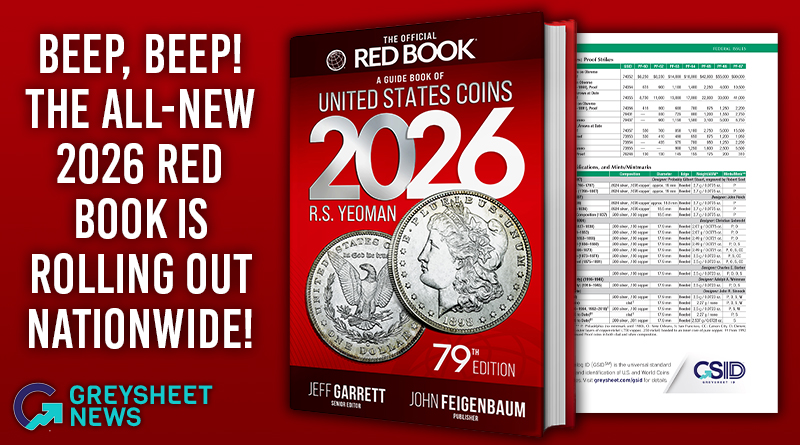
Distributor shipments are underway for the all-new and fully reimagined numismatic classic— available in four print formats and eBook to suit every collector's needs.
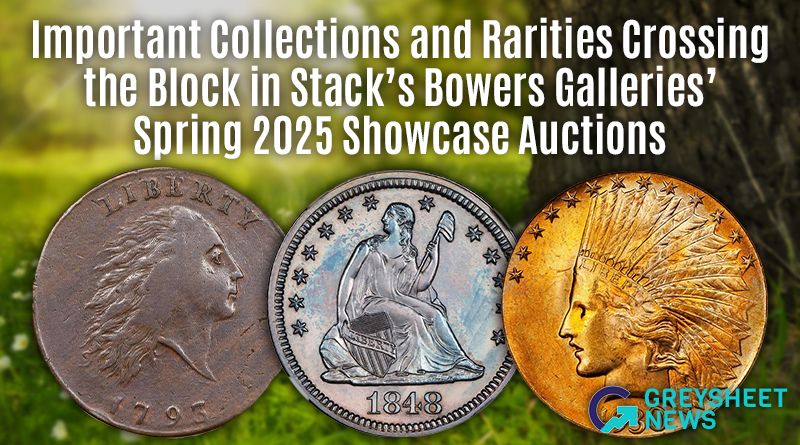
Stack's Bowers Galleries is proud to announce that the Spring 2025 Showcase Auction is now open for viewing and presale bidding at StacksBowers.com.
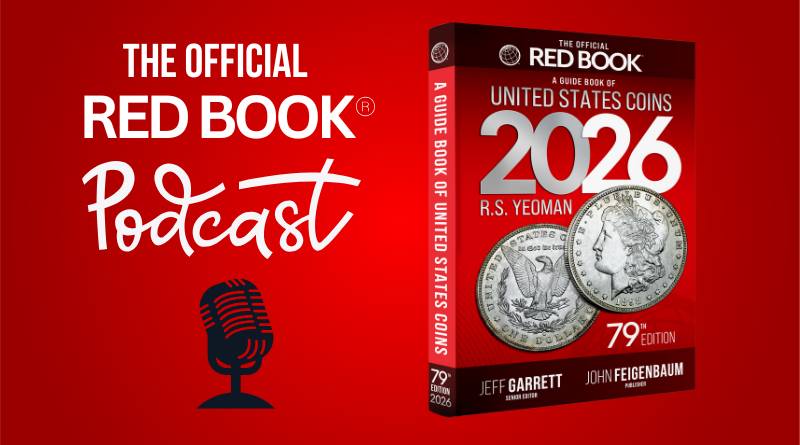
BONUS FEATURE: Jeff, John, and Ted predict year-end gold and silver prices.
About CDN Prices
All CDN prices are based on proprietary market knowledge and technology developed by CDN Publishing, LLC.
CPG® prices represent retail levels. Collectors should refer to CPG values as a starting place for their negotiations, or auction bid reference.
Greysheet/Greensheet prices are wholesale market levels for collectible coins/paper money intended to indicate what a dealer, or wholesale, buyer would pay for the described item in the specified grade. Greysheet/Greensheet represent "sight-seen" values based on a buyer's in-hand review. The actual value can be more or less than this depending on factors including eye appeal and market timing.
Bluesheet (NGC & PCGS) prices represent the highest sight-unseen offers to buy on dealer networks like CDN Exchange. In many cases, there are no active sight-unseen buy offers, so CDN looks to the recent lowest market values for such an item. For this reason, Bluesheet values typically represent the floor of the market for the specified item. CDN only tracks Bluesheet on certain items.
CAC prices are for U.S. coins that meet the standards of the Certified Acceptance Corporation. You can learn more about CAC on their web site.
Price movement is indicated for price changes in the last 30 days.
The prices listed in our database are intended to be used as an indication only. Users are strongly encouraged to seek multiple sources of pricing before making a final determination of value. CDN Publishing is not responsible for typographical or database-related errors. Your use of this site indicates full acceptance of these terms.


 Dealers Only
Dealers Only


